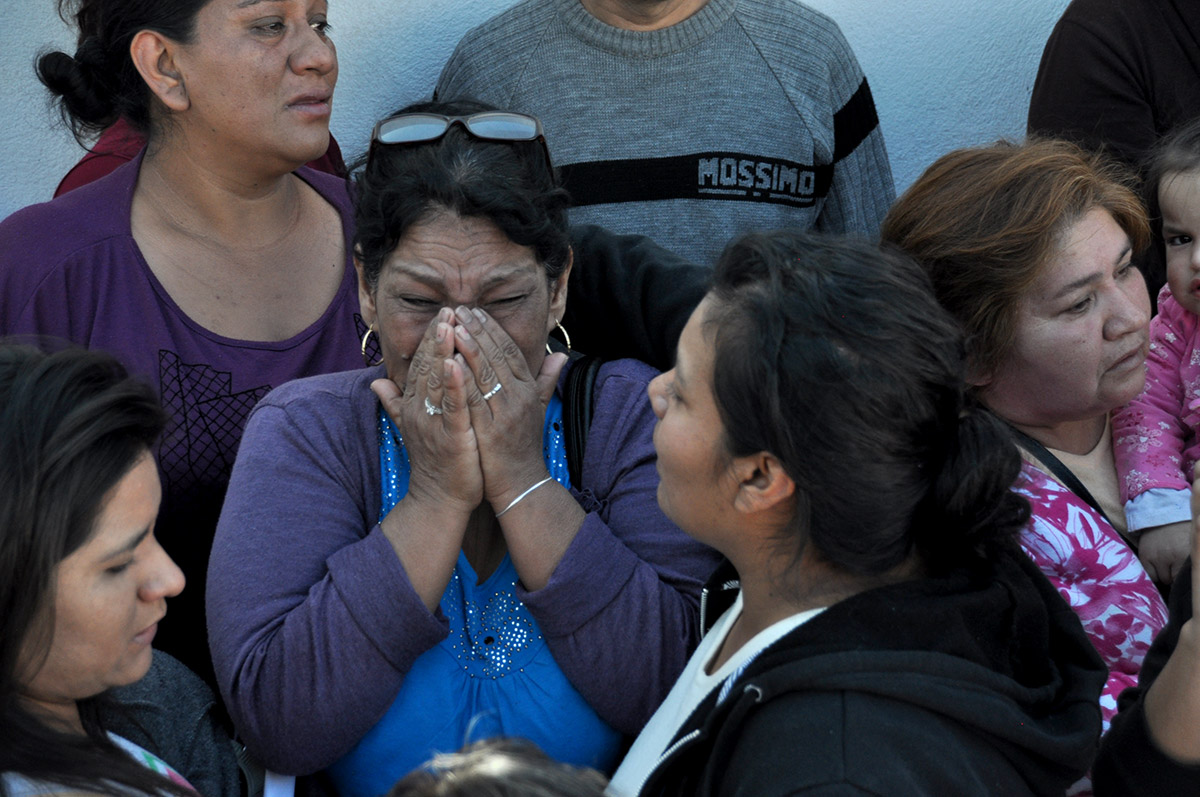
Yet again, women gather outside prison gates to find out if their loved ones are still alive. This time, it’s the Topo Chico prison, in Nuevo León, in northern Mexico.
Yesterday, something happened that left at least 49 prisoners dead and 12 injured. That `something’ has been variously described as a battle, riot, clash, brawl, fight, pitched battle, and gang war. It was all of those, and it was more. It was a predicted event, and to that extent, irrespective of the violent histories of the individual prisoners involved, it was a planned massacre.
In 2014, the United Nations Special Rapporteur on torture and other cruel, inhuman or degrading treatment or punishment, Juan E. Méndez, visited Mexico’s prisons, including Topo Chico: “Overcrowding … is a serious problem … The Government reported a total prison population of 248,487 men and women, distributed among centres with a total capacity of 197,993 persons … Overcrowding is … caused by a failure to use alternatives to prison and by abuse of pretrial detention, especially its mandatory application. Of the total prison population of 248,487 detainees, 104,763 have been charged … In … Topo Chico … inmates have excessive control over services, benefits and the functioning of the prison (inmate “self-rule”), which gives rise to disparities in the exercise of rights, corruption and situations of violence and intimidation among inmates, all of which the State has a responsibility to prevent. The Special Rapporteur accepts that protective measures must sometimes be taken and that it is often inmates who request them, but such measures cannot involve cruel, inhuman or degrading conditions. He draws attention to the conditions observed in the Topo Chico prison “doghouse”, a small enclosure where over 40 detainees allegedly in need of protection are living in unacceptably cramped and insanitary conditions … In …Topo Chico … inmates generally had no water, light or ventilation in their cells. Health conditions were usually grim and many inmates had to sleep on the floor or in shifts … Solitary confinement generally involves critical overcrowding in small cells and appalling conditions, particularly in … Topo Chico.”
In the same year, Mexico’s National Commission of Human Rights assessed all the prisons in Mexico, and rated Topo Chico a 5.72 on a scale of 10. The Commission reported that Topo Chico was designed for a maximum of 3635 prisoners, and held 4585. The Commission found that, in 2013, the male wing of Topo Chico was 55% over its limits, and the women’s section was 56% overpopulated.
None of this is new. Topo Chico was a well known bomb set to go off, and it did. That the pieces of that bomb are gang members or have violent pasts, or not, is a distraction. The real violence is the cramming of more and more bodies into less and less space that is itself less and less livable.
James Baldwin wrote, “There is a limit to the number of people any government can put in prison, and a rigid limit indeed to the practicality of such a course. A bill is coming in that I fear America is not prepared to pay.”
For Mexico, this Topo Chico massacre is the fire this time. The bill came in, and now, as so often, the women stand at the gates calling, weeping, mourning.
(Photo Credit: Juan Cedilla / Proceso)
